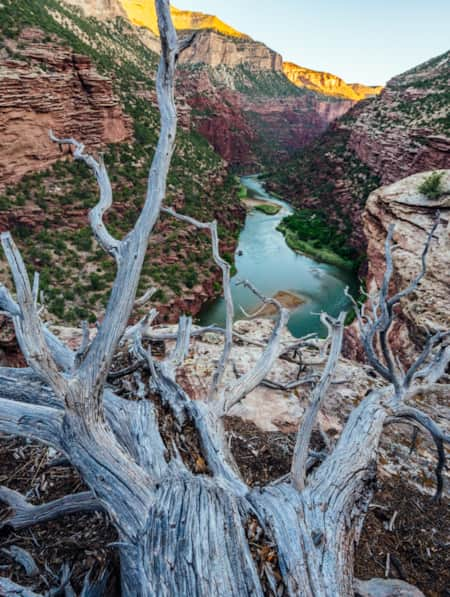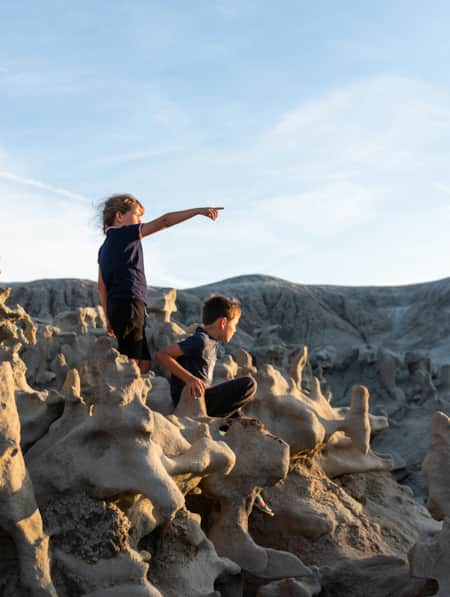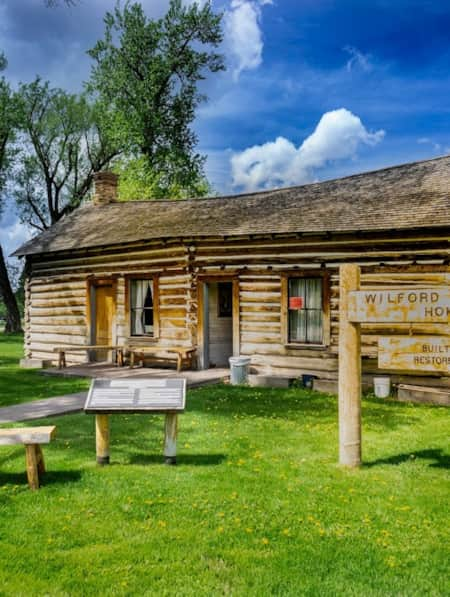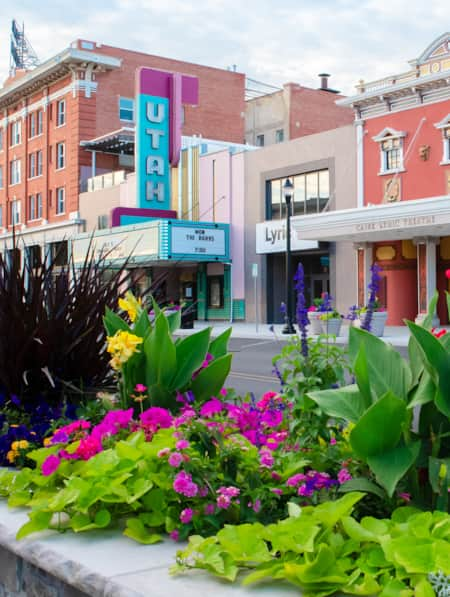Video: The Golden Spike Unites a Nation
May 10, 2019 marks "Spike 150," the 150th anniversary of the First Transcontinental Railroad, a groundbreaking feat of American ingenuity and determination. Travel west of Brigham City, Utah, to follow author Tim Sullivan as he traces the history of this remote route along the northern edge of the Great Salt Lake.
One of the most significant events in the history of America took place on May 10, 1869 — 150 years ago. For years leading up to the event — following many more years of growing ambition and intense planning — the Union Pacific and Central Pacific railroad lines worked furiously to lay the tracks that would connect the east to the west and mark the completion of the transcontinental rail line. It was the First Transcontinental Railroad.
The completion of the railroad was an event of the same magnitude and public interest as that which took place almost exactly a century later: the landing of an astronaut on the moon. It was, in other words, the moonshot of the nineteenth century. And that momentous achievement was capped with the driving of a golden spike.
2019 marks "Spike 150," the 150th anniversary of the First Transcontinental Railroad, a groundbreaking feat of American ingenuity and determination. That celebration of a significant and nation-defining step forward for a population recovering from Civil War took place in a remote, sparsely populated corner of Utah at a place called Promontory.
West of Brigham City, Utah, the blooming desert gives way to the wide-open Basin and Range along the northern edge of the Great Salt Lake, where "island" ranges with steep grades and unique geologic features rise up from wide, flat basins dotted with desert flora. And as you rise up to Promontory past the Big Fill Walk and the East Auto Tour it comes into view: Golden Spike National Historic Park.
The video above follows author Tim Sullivan and his 8-year-old daughter as they travel by train, bus and bike on a "pilgrimage" to Promontory, Utah, and the Golden Spike National Historic Park. Read Tim's full story Arrive by Train (15-minute read).
Golden Spike Empire Itinerary
On this three- or four-day itinerary, you'll explore the region's profound railroad history in Ogden and at Golden Spike National Historic Park before exploring the Transcontinental Railroad Backcountry Byway (if well prepared — learn more below) or the region's many welcoming communities, Bear River Migratory Refuge and more. (Read: Cache Valley’s Rich Past and Thriving Present)
"The clang of the driving of the Last Spike resounds far throughout this corner of Utah."
Cruise the Grade
As described in detail in our Northwest Railroad Trail Expedition, the 90-mile Transcontinental Railroad Backcountry Byway runs right along the old railroad grade, the term for the roadbed leveled by cutting or filling gaps to create a consistent surface for the old steam locomotives. Utah's West Desert was the final stretch of the 800-mile line from California, and the final logistical challenge for determined engineers pushing a workforce of predominantly Chinese laborers. At one time there were vibrant railroad towns strung along this now abandoned line. Today little remains from that epic era but desert, a very few building foundations and the occasional human artifact left behind when civilization abandoned the desert not long after the completion of the Lucin Cutoff across the Great Salt Lake.
The BLM advises that regular passenger vehicles can make the trek west of Golden Spike to the Kelton interpretive site, where an access road returns to the main highway (S.R. 30). After Kelton, high-clearance vehicles are necessary. Along the whole route, tire punctures are possible from old railroad spikes and many stretches may be impassable after a storm. Travel with caution and carry provisions and extra tires. See the BLM's georeferenced map for more detail.
More Information
-
Brigham City
Brigham City's Main Street archway proclaims "Gateway to the World's Greatest Wild Bird Refuge." Brigham City boasts a small-town feel with big-city amenities like comfortable and affordable hotel rooms, deluxe suites, and beautiful golf courses.
-
Golden Spike
Visit the Golden Spike National Historic Park to relive the history with exhibits and demonstrations, and take in the beauty of the surrounding Great Basin Desert and nearby Great Salt Lake and Spiral Jetty.
-
Golden Spike Empire
Participate in railroad history, bird migration and iconic earth art in the quiet stretches of Northern Utah's rural Box Elder County.



























